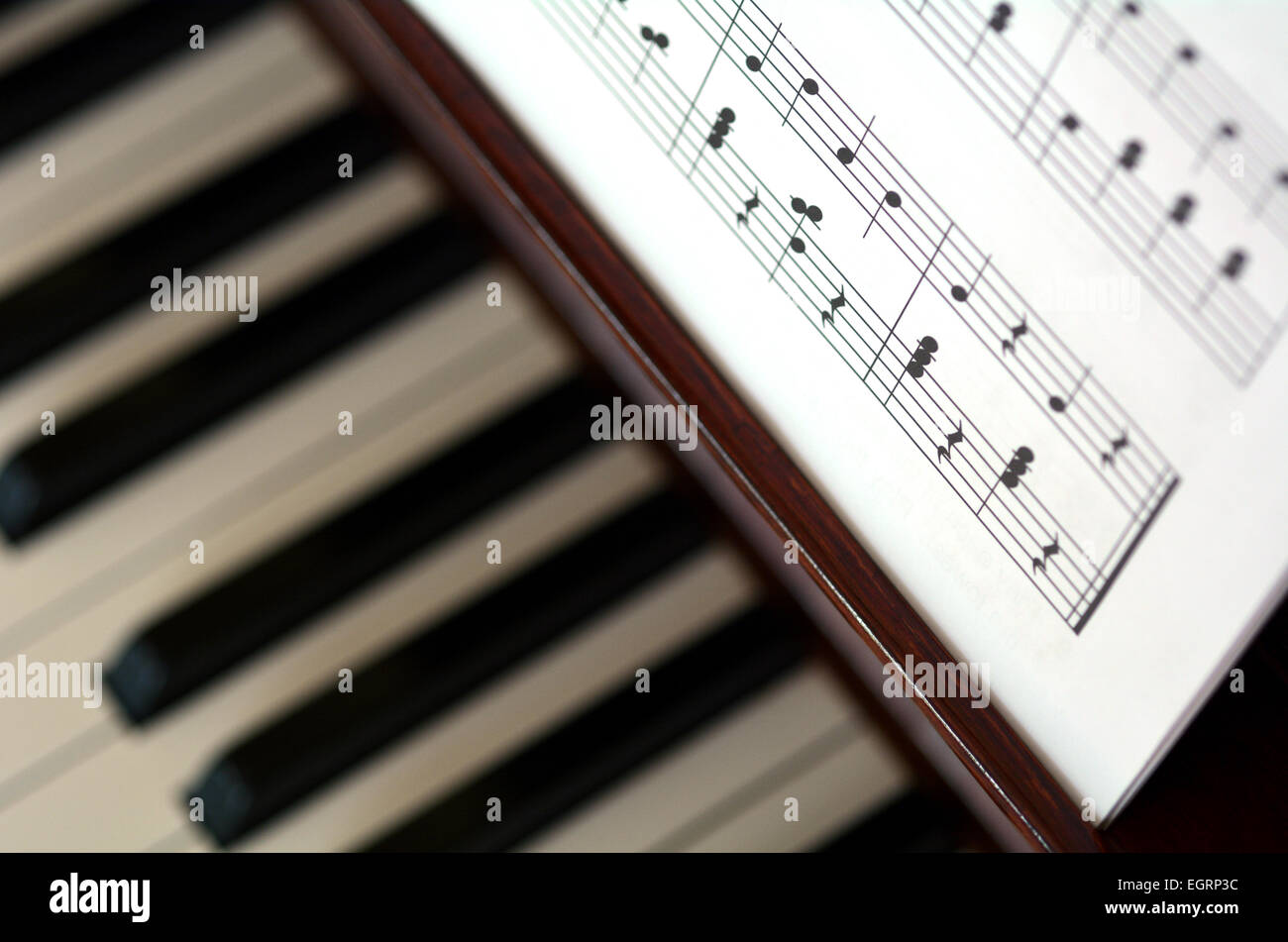

Music theory’s job is to name things, and the difference is only in the name. What about sharps and flats?Īnyone who’s ever sat down at a keyboard will be able to tell you that Db and C# are the same note, but music theory has different ideas. The second pairing puts the notes of each chord closer together, which makes for a far smoother transition and sound. In the picture above, the first two chords are in normal position, and the second two are inverted.


If there’s a huge difference in height between chords on your piano roll, there’s usually an inversion (see below) you can make to bring all the notes closer together. A sequence of chords will sound best when the notes make fewer huge leaps between them.


 0 kommentar(er)
0 kommentar(er)
